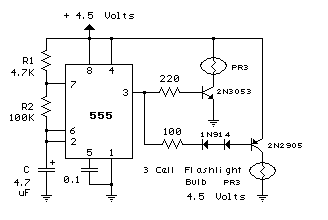d123
Advanced Member level 5

Not sure what you mean by "work out", don't know if you have the datasheet, I imagine you do, or even if it's specifically the SN7474, but this is the TI one:
**broken link removed**
The function table is the least painful way of understanding the device (X means "don't care", i.e. whether a pin has an input that is H or L is not important for the output state), besides the recommended operating conditions.
You have an electronics shop IN your town? - I'm envious.
**broken link removed**
The function table is the least painful way of understanding the device (X means "don't care", i.e. whether a pin has an input that is H or L is not important for the output state), besides the recommended operating conditions.
You have an electronics shop IN your town? - I'm envious.




